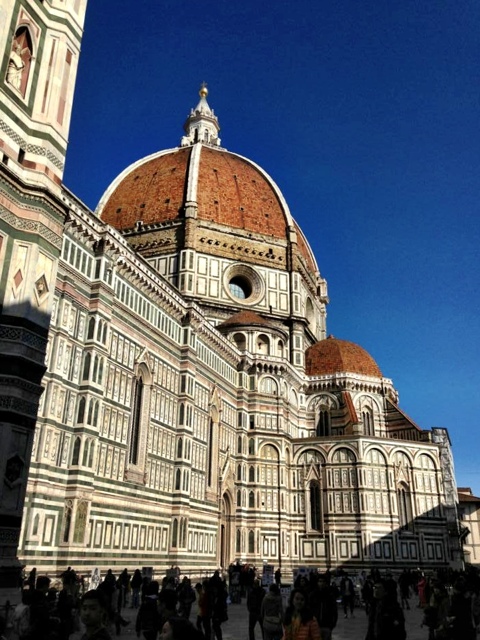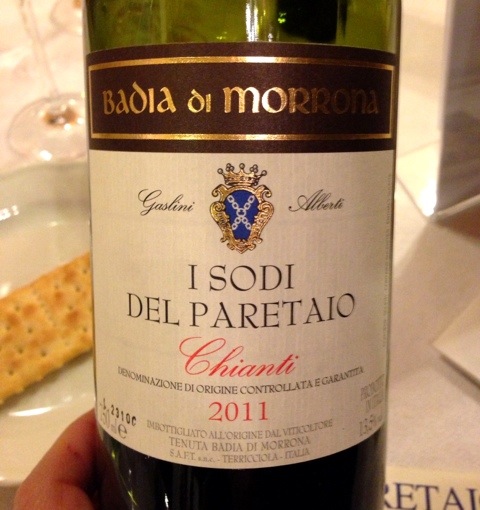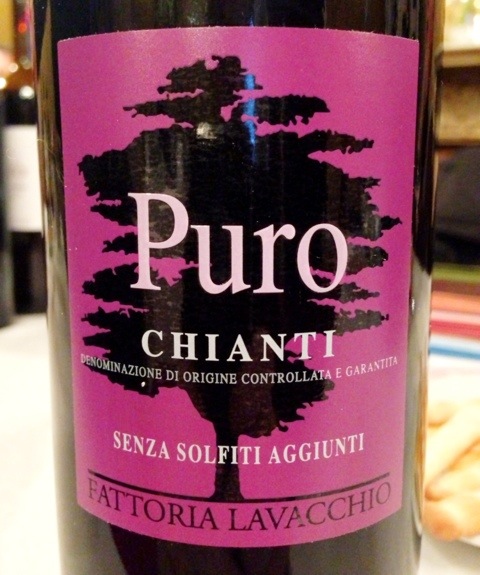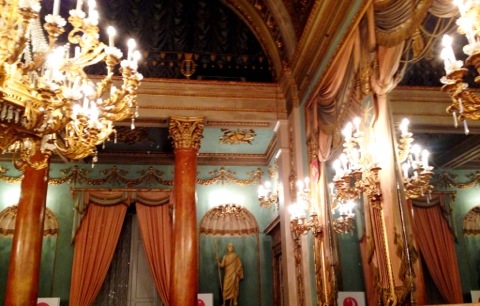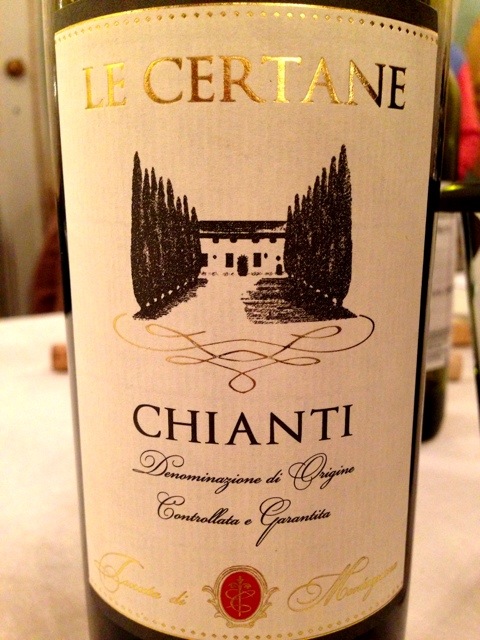An ocean of Chianti
Posted on 18 February 2013
Greetings from Tuscany. As each February I am spending a whole week to look at the new vintages of Italy’s famous wines, Chianti and Brunello. I will be blogging live on my tastings and visits. I am also tweeting a million times per day so make sure you follow me on Twitter.
My first stop was in Florence for the Anteprima (preview of the new vintage, 2012) of Chianti. Not Chianti Classico mind you, but the wine labelled simply as Chianti DOCG and its lesser-known subzones, such as Chianti Rúfina or Chianti Colli Fiorentini.
Around 40 producers participated. I found some good wines, but on the whole, it is a very mixed bunch and hardly a source of great excitement for the consumer. Why? First of all, Chianti is an inexpensive basic wine that by definition, is not meant to achieve greatness. That’s right, contrarily to what you might have heard, Chianti is essentially cheap jug wine. Chianti Classico does produce some of Italy’s most exciting bottles but Chianti DOCG is another story. And it should come as no surprise: at 10K hectares it is one of the country’s largest and more heterogeneous appellations. The wholesale market shows its appreciation of this wine by pricing it at 140€. That’s per hectoliter, or 133 bottles. So the Chianti wine you see at the supermarket has a base cost of 1€ per bottle. It’s hard to produce high quality for that kind of money.
And on the whole, Chianti DOCG is just a story of deception. The historical zone of the Chianti hills between Florence and Siena encompassed around 2/3 of what is now Chianti Classico. The larger Chianti DOCG area was created by the Mussolini administration in the 1930s but never had to do with Chianti before. Some of the subzones, such as Colline Pisane, are in an area that by geography, soil, climate and grape varieties sharply differs from the Chianti Classico.
OK, rant over. The good producers of DOCG Chianti succeed in making a light-bodied, fruit-driven red wine for early drinking that preserved the fresh cherry bite of the Sangiovese grape. Freshness is vital: without it, Chianti becomes an anonymous red wine that could be mistaken for Central Valley Merlot. The recent strong of hot vintages such as 2007, 2009, 2011 and 2012 present a challenge, and I’ve tasted one wine that clocked at 14.67% alcohol. That’s too much for “light-bodied, fruit-driven” red wine.
The other problem appears when producers try too hard. Deeply engrained is the ambition to make “important” wines, even when light everyday red would be the better option. So there is a host of Riserva bottling with excessive oak and overdone tannins. The latter can be very imposing in some areas, but always have a rustic, unpolished feel to them.
Good basic Chianti is be had from producers such as Fattoria Le Sorgenti, Fattoria di Sammontana, Fattoria Poggio Capponi, Fratelli Bellini, Cantina Sociale Certaldo, Castello del Trebbio, and Badia di Morrona whose 2012 and 2011 I Sodi di Paretaio was perhaps the most serious of these. Climbing higher in hierarchy, I enjoyed the Chianti Rufina of Fattoria Lavacchio (they have a long track record) who also make an engagingly fruity no-sulphur-added Sangiovese named Puro. Castello di Poppiano of Count Ferdinando Guicciardini makes very good, ageworthy Chianti Colli Fiorentini, and his 2009 Riserva was the only oaked wine I really enjoyed. That’s not a lot of exciting wine out of the 110m bottles produced, but it shows the way to others.
Disclosure
I am travelling to and staying in Tuscany on the joint invitation of the producers’ consorzios of Chianti DOCG, Vernaccia di San Gimignano and Brunello di Montalcino.


